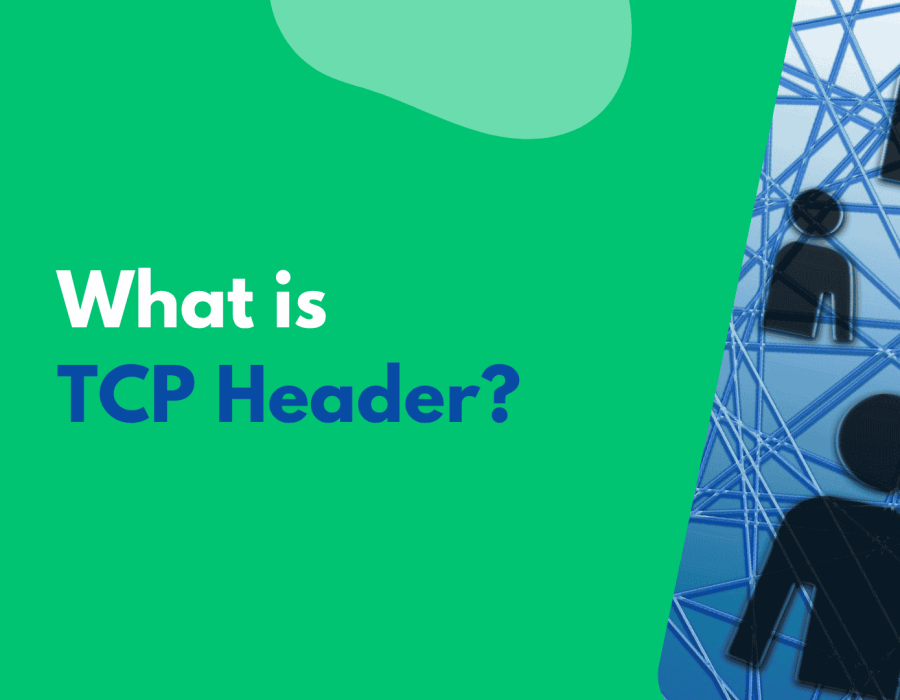Why TCP Header Format Is Important in Today's Network Communication
In today’s digital age, modern communication depends heavily on fast, reliable, and secure data transmission. At the heart of this lies the TCP header format, a foundational concept for networking professionals. Whether you’re preparing for the CCNA course online, aiming for advanced security training through a CISSP course, or simply brushing up for BGP interview questions, understanding the TCP header is a critical step toward mastering computer networking.
At UniNets, we focus on the significance of core protocols for networking in all our courses. In this guide, we delve into why TCP header structure is so crucial and how it situates in a larger networking picture.
What Is TCP and the TCP Header?
TCP (Transmission Control Protocol) is a principal protocol in the TCP/IP model. It provides reliable and ordered data delivery among devices on a network. In contrast to its relative UDP, TCP sends data only after a connection has been established, preventing data loss or receiving data out of sequence.
The TCP header is an ordered collection of information added to each TCP segment. The header includes vital information that facilitates the handling of the transmission process, such as source/destination ports, sequence numbers, and acknowledgment fields.
TCP Header Format Components
Knowledge of the TCP header format is crucial in analyzing network performance, troubleshooting, and security setup. The default TCP header is 20 bytes (extendable with options) and consists of:
Source Port (16 bits)
Destination Port (16 bits)
Sequence Number (32 bits)
Acknowledgment Number (32 bits)
Data Offset (4 bits)
Reserved Bits (6 bits)
Flags/Control Bits (6 bits) – e.g., SYN, ACK, FIN
Window Size (16 bits)
Checksum (16 bits)
Urgent Pointer (16 bits)
Options and Padding (variable length)
All of these fields ensure that every data segment lands in its proper destination accurately and in sequence.
Why Is the TCP Header Format So Important?
Reliable Delivery: The sequence and acknowledgment numbers assist in packet order and retransmission of missing packets.
Error Detection: The checksum field checks data consistency in transmission.
Flow Control: The window size assists in controlling the amount of data to be transmitted before an acknowledgment is needed.
Connection Management: TCP SYN, ACK, and FIN flags are utilized to create and end connections.
If you're taking a CCNA course on the internet with UniNets, these are detailed with packet capture tools such as Wireshark, where the TCP headers appear in real traffic.
TCP Header in Real-World Networking
Whether it's opening a webpage, sending email, or transferring a file, the TCP header provides for reliable communication in the background. In an enterprise network environment, where uptime and accurate data are critical, TCP and its header structure are the backbone of operations.
If you're taking a CISSP course, you'll see how attackers can exploit poor configurations or flag misinterpretations of TCP for purposes such as port scanning or DoS attacks. So, knowing the header is not merely a CCNA-level necessity—it's also essential for cybersecurity professionals.
Relation with Other Networking Topics
Let's see how TCP header format relates to other networking topics commonly taught at UniNets:
BGP Interview Questions and Answers
BGP (Border Gateway Protocol) is an external gateway protocol utilized for forwarding data between autonomous systems (AS). While BGP runs at Layer 4 (similar to TCP), it uses the TCP port 179 specifically for dependable communication.
This gives rise to one of the popular BGP interview questions:
Q: Why does BGP run over TCP and not UDP?
A: BGP demands assured delivery of routing data. TCP ensures connection-oriented data transfer, error recovery, and acknowledgment mechanisms, all controlled by the TCP header.
Knowing the TCP header, particularly how to create and sustain connections using the SYN, ACK, and FIN flags, provides you with the skills to respond to BGP interview questions and answers confidently.
Dynamic Trunking Protocol (DTP)
Even though DTP works on Layer 2 (Data Link Layer), the idea of protocol headers is the cornerstone for all OSI layers. If you're familiar with reading the TCP header on Layer 4, protocols such as Dynamic Trunking Protocol become simpler to understand because you know the function of control information in handling data paths.
In an online CCNA course at UniNets, you practice examining Layer 2 and Layer 4 headers through the use of simulators and packet analysis tools.
TCP Header and Cybersecurity: A CISSP Perspective
In the CISSP course, you will discover that a thorough understanding of protocol headers—such as TCP—is critical in order to identify and counter threats. For example:
SYN flood attacks take advantage of the TCP three-way handshake by sending many SYN requests without finishing the handshake.
TCP reset attacks trick the RST flag in the TCP header to end active connections.
These vulnerabilities can only be detected if you know the format of the TCP header and are able to sniff traffic for anomalies.
Hands-On Practice at UniNets
At UniNets, laboratory practice is an important component of our CCNA online course and advanced security certifications. You'll gain hands-on experience with:
Capturing and dissecting TCP packets in Wireshark
Detecting TCP header fields in live communication
Tracking BGP sessions that use TCP headers for making connections
Learning how DTP, VLANs, and routing protocols interact with each other
Such hands-on experience closes the gap between practice and field implementation.
Conclusion
TCP header structure is more than a collection of digits—it is the doorway to comprehension of reliable, efficient, and secure data transport in contemporary networks. Whether you're studying for CCNA, working towards CISSP certification, responding to BGP interview questions, or mastering dynamic trunking protocol, a good understanding of TCP header provides you with an important edge.





Comments